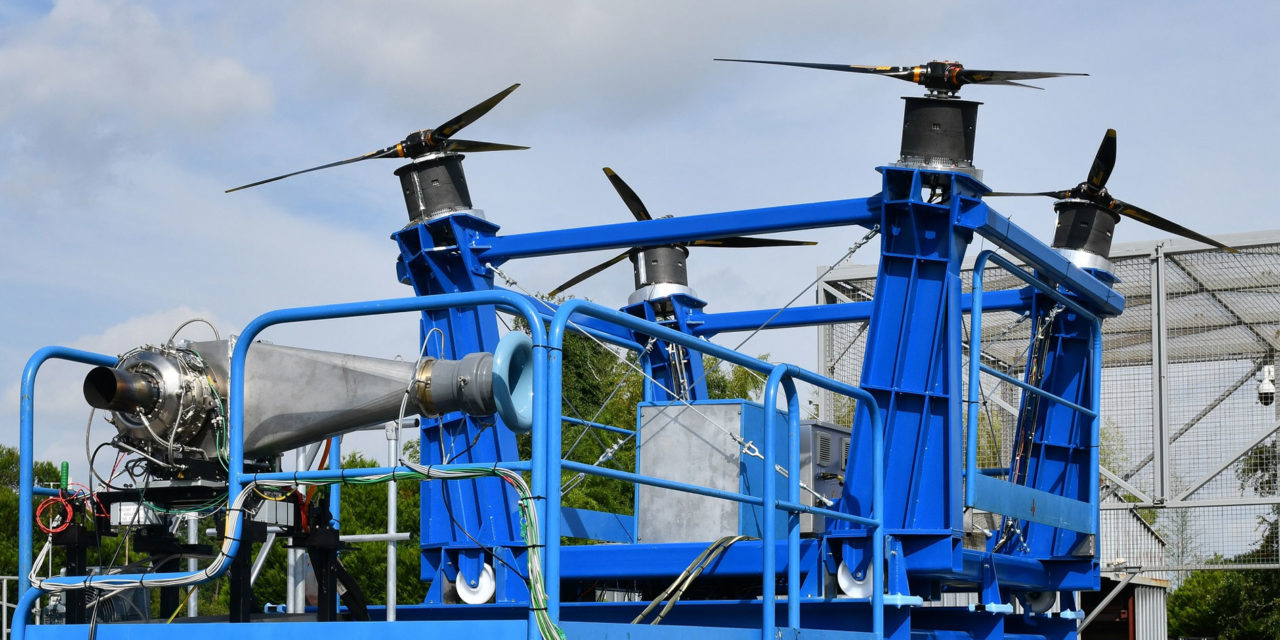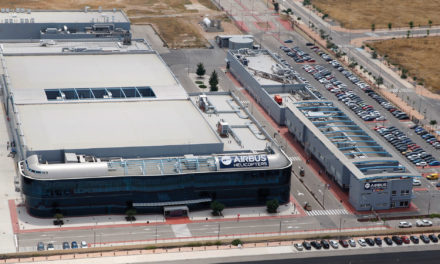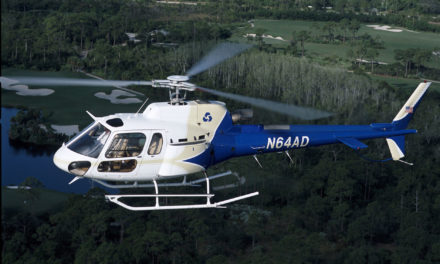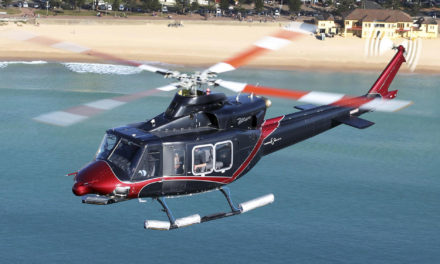Safran is taking an important step in electric hybrid propulsion, with the first ground test of a distributed propulsion system. The test took place in a test area of Safran Helicopter Engines, near the Pau-Pyrénées airport in France. In a hybrid electric distributed propulsion system, a turbogenerator (consisting of a gas turbine and a generator) is coupled with batteries. The assembly feeds several electric motors causing rotors to generate the propulsive force. The power is distributed throughout the system in an optimal way, thanks to a new generation power management system. Electric motors are driven by intelligent, fully integrated electronics. During this test, several modes of operation were tested and validated with the electric motors powered by batteries and the turbine generator, or only by the batteries. The electrical power generated by the system has reached 100 kW. This Safran Helicopter Engines, Safran Electrical & Power and Safran Power Units demonstration with Safran Tech, the Group’s R&T center, is part of Safran’s hybrid drive roadmap. “Following the recent announcement of our partnership with Bell in the field of on-demand mobility, this new step once again confirms the Group’s desire to invest in the development of electric hybrid propulsion systems, which are the mainstays of the future motorisation industry,” said Stéphane Cueille, Safran’s R&T and Innovation Director. “This test is an important milestone that proves our ability to offer hybrid propulsion solutions for future aircraft. We are in line with our goal of testing a more powerful system in the near future,” said Jean-Baptiste Jarin, Director of Hybrid Propulsion System Programs at Safran Helicopter Engines. This type of propulsion system is expected to contribute to the emergence of new VTOL (vertical take-off and landing) and STOL (short take-off and landing) aircraft, enabling them to access new flight capabilities and new types of aircraft missions. Safran’s hybrid electric propulsion roadmap aims to bring these technologies to market by 2025.
Safran tests first electric hybrid propulsion system
















